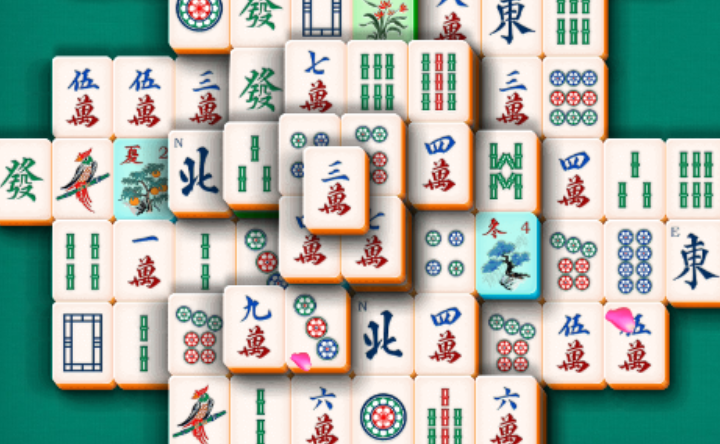

Miyazaki describes himself as a difficult child. He is clearly admired by his staff, who, one of his team quietly admits, will apparently call him for personal advice while he’s travelling overseas. He appears younger than his 40 years, despite the grey pallor of his face – the result, perhaps, of too many days spent under the fluorescent lights of his studio, by a dirty underpass in the Shinjuku area of Tokyo.

He is as enigmatic as his creations: he refuses to appear on film and, while he often meets fans, never talks about his own life, always shifting the focus on to the games or his team. The games have sold in their millions, drawing plaudits, awards and dozens of celebrity fans: Peter Serafinowicz, who played Pete in Shaun of the Dead, loved Dark Souls so much he begged for a voicing role in its sequel.Īt a time when many believe the creativity of Japan’s once-bold video game industry is in decline, Miyazaki has captivated global audiences without compromising his vision. Indeed, players often die hundreds of times, either slaughtered by monsters, or ineptly tumbling off battlements. Every step is dangerous, every fight potentially deadly. ‘I figured if I could find a way to take control of the game, I could turn it into anything I wanted’ … Hidetaka Miyazaki on the development of Demon’s SoulsĬritics describe these worlds, leaden with dread and portent, as uniquely inhospitable. Your character is always a nameless warrior lost in an inscrutable, archaic realm the friendly characters you encounter speak in riddles or grunts everything is arcane, much is hidden. Miyazaki’s games may be rich in lore, but nothing is made explicit.

And unlike most adventure games, which are overloaded with backstory and cinematic narratives, it’s never entirely clear what you’re fighting for. Many games require a button-bashing, hit-and-hope approach to fighting, but Miyazaki’s take a more lifelike approach: you must meticulously time your sidesteps and parries, and wait for an opening through which to slide an eager pike. While gingerly exploring, players must master a uniquely complex combat system to battle a menagerie of Lovecraftian beasts.
#Crazy games fill the gap series#
These eccentric and demanding games take the basics of Dungeons and Dragons gameplay – combat, monsters, exploration – and place them in terrifying, intricate worlds that work like a series of fiendish clockwork traps, complete with spike pits, poison mists and falling masonry.

#Crazy games fill the gap software#
“It was a rich reading experience, even if I wasn’t always reading.”īarely known outside of the gaming world, Miyazaki’s studio – called From Software – is already responsible for two of the most revered games of the last 20 years: the dark fantasy adventure Demon’s Souls and its spiritual sequel, Dark Souls. “I found so much joy in those stories,” he says, seated in his Tokyo studio, having granted the Guardian a rare interview. That’s why he ended up with works beyond his reading capabilities. His office-worker parents couldn’t afford books or manga, so he had to borrow whatever he could find in the library. After some cajoling, Miyazaki reveals that he grew up “tremendously poor” in the city of Shizuoka, 100 miles south-west of Tokyo.


 0 kommentar(er)
0 kommentar(er)
